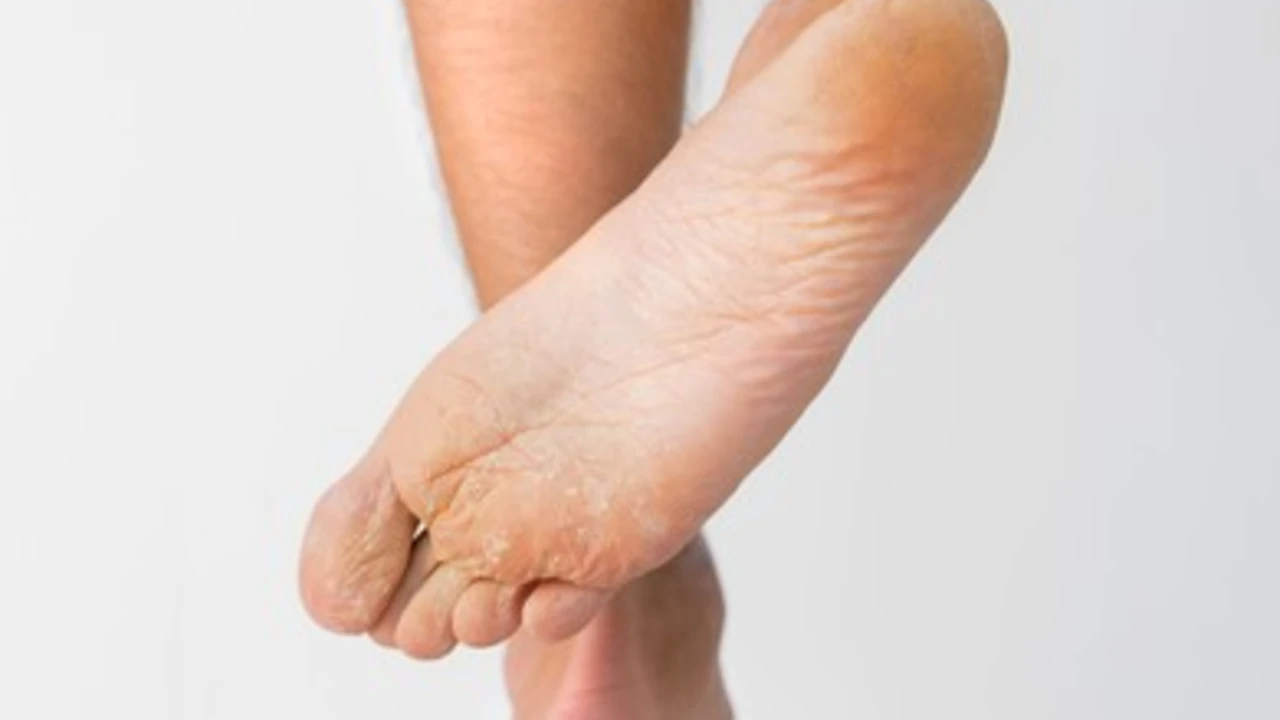If your toe web feels itchy, flaky, or burns like a tiny fire, you’re probably looking at athlete's foot. It’s a common skin fungus that thrives in warm, damp places—think sweaty socks, public showers, and gym floors. Most people encounter it at least once, and the good news is it’s easy to spot and treat.
Typical signs include red or white patches between the toes, a musty smell, and skin that peels or cracks. In some cases the fungus spreads to the soles or the tops of the feet, creating a ring‑shaped rash. If left unchecked, the infection can become painful and may spread to the nails, turning them discolored and thick.
The culprit is a group of fungi called dermatophytes. They love moisture, so anything that keeps your feet sweaty for long periods creates a perfect breeding ground. Shared spaces like locker rooms, swimming pools, and even the inside of shoes can harbor the spores. Wearing tight, non‑breathable shoes or socks made of synthetic material traps sweat, letting the fungus multiply.
Even a tiny cut or crack in the skin can let the fungus slip in. That's why athletes, hikers, and anyone who spends a lot of time on their feet are more prone to catching it. Kids often pick it up at school because they share socks or shoes and don’t always change out of wet gear fast enough.
For most cases, an over‑the‑counter antifungal cream, spray, or powder works wonders. Look for active ingredients like clotrimazole, terbinafine, or miconazole. Apply the product exactly as the label says—usually twice a day for two weeks, even if the itching stops sooner. This helps kill any hidden fungus and prevents a rebound.
If the infection is stubborn or has spread to the nails, you might need a prescription strength cream or oral medication. A doctor can also check for secondary bacterial infection, which sometimes needs antibiotics.
While you’re treating the fungus, tackle the environment that’s feeding it. Wash socks daily in hot water (at least 60 °C) and dry them on a hot setting. Rotate shoes so they have a full day to air out, and consider using an antifungal powder inside them. If you can, wear breathable footwear—canvas, leather, or mesh—especially in hot weather.
Public places require a bit of extra caution. Before stepping onto a gym mat or locker room bench, wear flip‑flops or shower shoes. After swimming, change out of a wet swimsuit quickly and dry your feet thoroughly.Natural remedies can support medical treatment, but they shouldn’t replace it. Soaking feet in a diluted tea tree oil solution (a few drops in warm water) or applying an over‑the‑counter anti‑itch powder can relieve discomfort. Just make sure you’re not allergic before you use essential oils.
Keeping your feet dry is the golden rule. After a shower or a workout, towel the spaces between your toes carefully. If you tend to sweat a lot, consider using an antiperspirant spray on your feet—yes, it works the same way as under‑arm spray.
Most athletes' foot cases clear up within two weeks with proper care. If symptoms linger beyond that, or if you notice spreading, see a healthcare professional. Early intervention stops the fungus from getting into your nails or spreading to other parts of the body.
Bottom line: Spot the signs early, treat with an appropriate antifungal, and break the moisture cycle. Your feet will thank you, and you’ll keep the fungus from taking a long‑term residence in your wardrobe.

Hey there! I am thrilled you've decided to explore more on a common topic often shrouded in myths - Athlete's Foot! In this piece, I've debunked the top 5 myths about Athlete's Foot, hoping to clear any misconceptions you may have. Not only does this give you an accurate understanding, but it also empowers you with the right steps to take in preventing or managing it. Tag along as we debunk myths, and gain insights in the intriguing world of foot health!
Read More